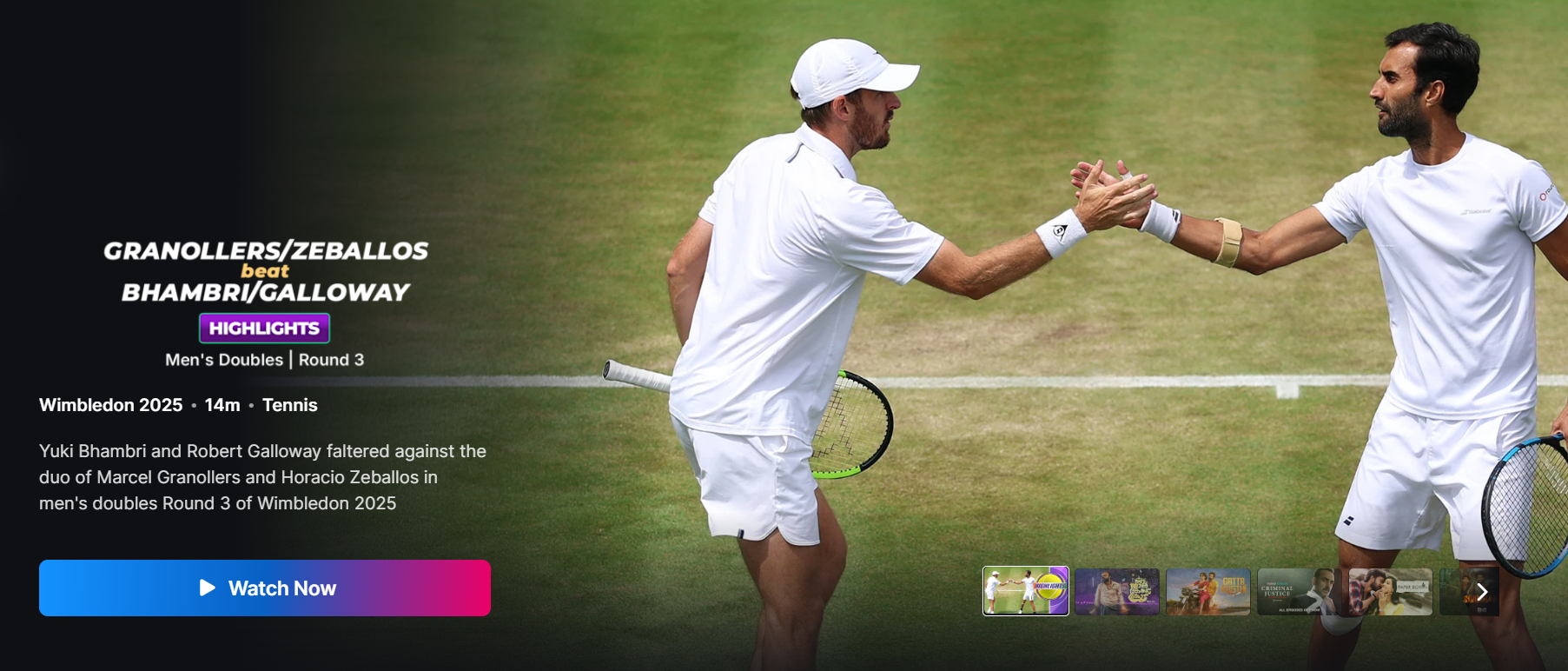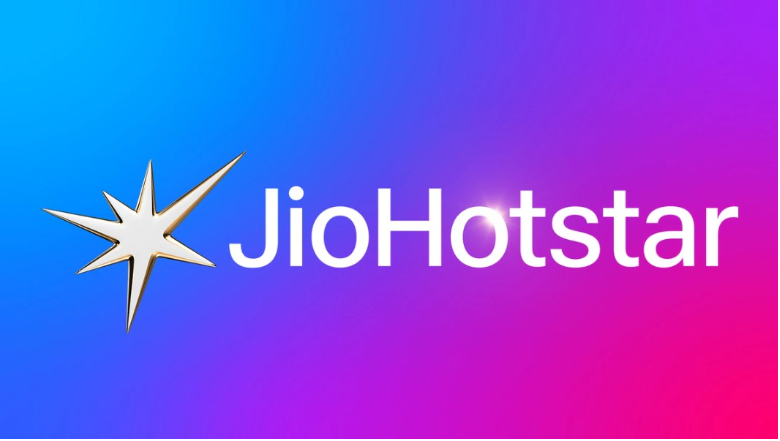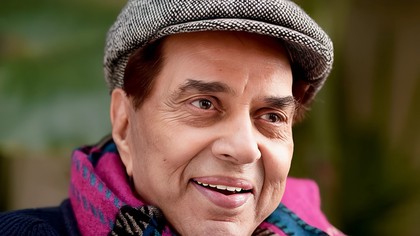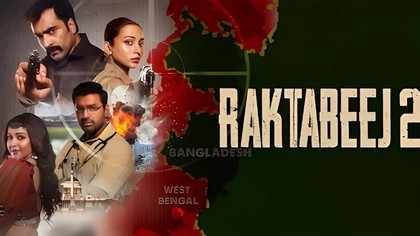JioHotstar has been riding the global wave, bringing in a steady stream of popular Korean dramas, Japanese thrillers, and other international titles to its ever growing catalogue. For fans of global content, this should have been great news. But a growing number of Indian viewers are left frustrated and disappointed. The reason is simple yet serious almost all of this new content is either dubbed only in Hindi or lacks English subtitles entirely.

In a multilingual country like India, this approach feels oddly one dimensional. While Hindi is spoken and understood by a large part of the population, it certainly is not the only language that matters. There are millions of viewers who either do not speak Hindi or simply prefer consuming their content in English or in their own regional language. By not offering subtitles or alternate dubs, JioHotstar is unintentionally shutting the door on a significant part of its own audience.
The problem becomes even more glaring when you compare JioHotstar’s offerings to platforms like Netflix and Prime Video. These global giants have made a conscious effort to localize their content in India whether through subtitles in multiple languages, audio dubs in Tamil, Telugu, Malayalam, or even Bengali. The result is a far more inclusive viewing experience that allows people to enjoy the content without struggling through a language barrier.
Now imagine this: you sit down to watch a much hyped Korean drama on JioHotstar, only to find that your only audio option is Hindi, and the subtitles are missing or unusable. The storyline might be brilliant, the performances top notch, but the experience is immediately compromised. For many, that is not just a minor inconvenience it’s a complete barrier to entry. This is not what streaming was supposed to be.
Streaming platforms became popular because they offered personalization, flexibility, and comfort. Your screen. Your time. Your preferences. When a platform starts deciding what language you can watch in, that personal freedom vanishes. Viewers don’t want to be told what language to watch in. They want the choice to make that decision themselves.
This growing criticism is not about diminishing Hindi’s place in the ecosystem. Hindi content will always have a dominant presence in Indian entertainment. But respecting that presence should not come at the cost of ignoring others. Tamil, Telugu, Kannada, Malayalam, Bengali, and even English speaking Indian audiences form a major part of the country's streaming base. They deserve to feel included.
Moreover, if JioHotstar wants to position itself as a global ready platform that embraces content from around the world, then it also needs to adapt the practices that make global platforms successful. Language inclusivity is not just a technical feature anymore. It is a sign of cultural awareness, audience respect, and platform maturity.
JioHotstar has the content. It has the reach. It has the audience. What it needs now is the will to listen. Language accessibility isn’t just a feature request it is a demand for equity in entertainment.
To keep up with OTT trends, fan feedback, and what’s working in entertainment, follow Binge Moves on Instagram and Facebook.












